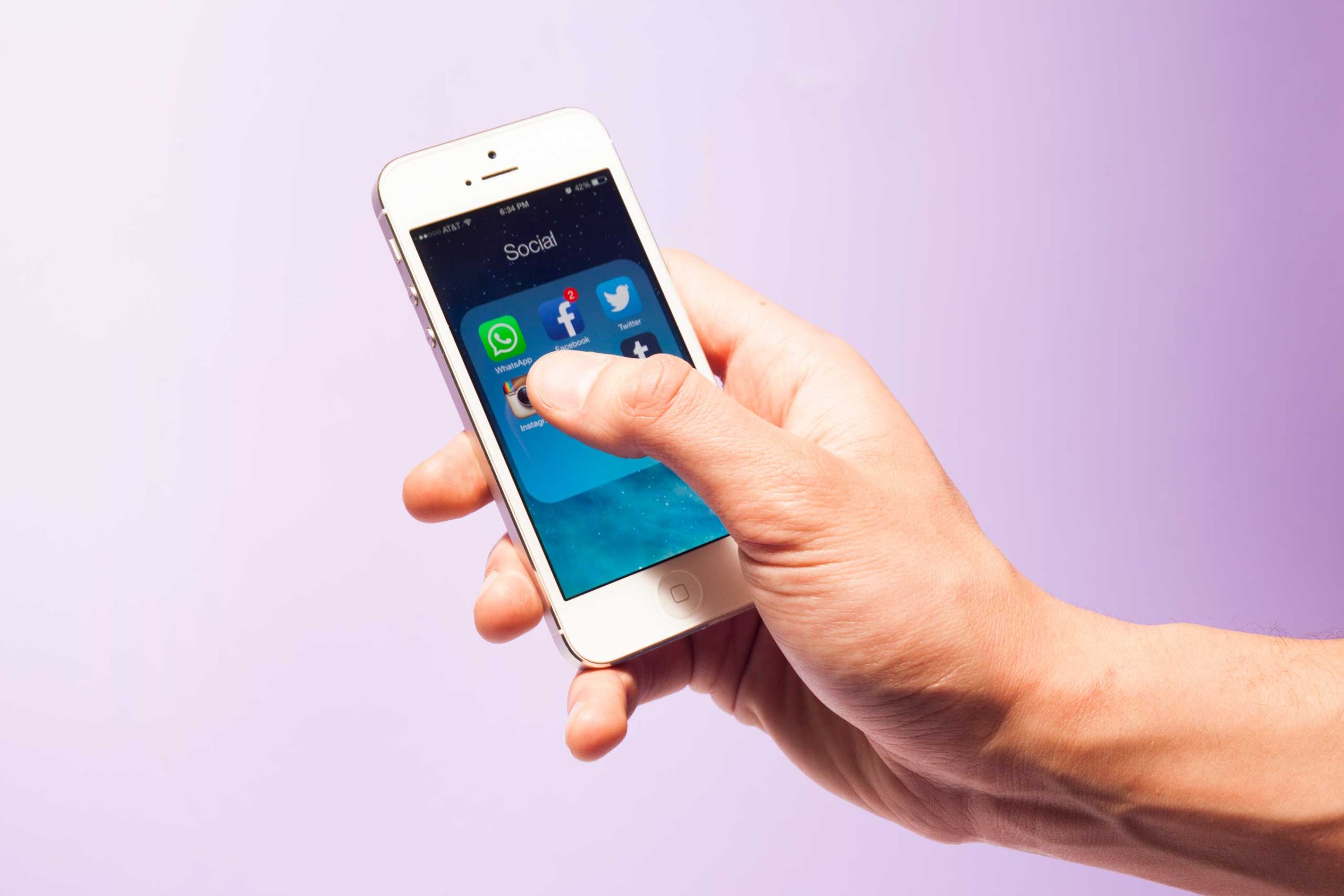
In a parental pinch, iPhones and iPads make great pacifiers. That’s not to say you should let junior put Apple devices in his or her mouth, but their flashing lights and colors are a sure-fire way to stop a screaming baby mid-wail. Is it healthy? Probably not, but then again neither is prolonged exposure to side-eye from tables of disapproving restaurant goers when you’re just trying to eat your dinner like a normal person.
The big danger of putting smartphones and tablets in tiny, unpredictable hands is that they’re likely to hit the home button, closing the episode of Daniel Tiger’s Neighborhood that was the one thing standing between a civilized meal and a toddler meltdown. (Or worse, accidentally sending potentially embarrassing messages.)
But there is a way to put your Apple device on lockdown while still letting an open app operate as usual. A setting called Guided Access keeps an iPhone or iPad locked in an app, even if someone hits the home button.
To turn on the feature, tap on Settings -> General -> Accessibility -> Guided Access, and turn flip the switch so it looks green. (Don’t worry, your phone won’t function any differently unless prompted.)
Next, set a passcode — but not the same as your regular iPhone code. This is important, because if your future honor roll student already knows your device’s passcode, they still won’t be able to get out of the Guided Access mode. You can also use Touch ID to turn off Guided Access. That’s a great idea if you’re likely to forget the new PIN you just entered.
Once enabled, all you need to do to use Guided Access is triple-tap the home button as you hand your phone to someone else.
You can also set a time limit with Guided Access, which is a good way to limit little ones’ screen time. Once the time expires, the device automatically locks up. When you configure that setting, it lets you set an alert tone and it speaks the time remaining out loud, which is great for children who haven’t learned how to read yet.
Lastly, within Guided Access’ setting menu is the option to enable an Accessibility Shortcut. Green-light this one as well — it’s what puts the screen-locking feature just a triple-tap of the home button away.
And once you triple-tap within an app, there are even more options to ward off wandering fingers. For instance, you can circle areas of the screen you’d like touch to be disabled on (ideal for blocking access to the play/pause button on Netflix, for instance).You can also turn off the functionality of the sleep/wake button (recommended), volume rocker, on-screen keyboards, or even all the controls on the touchscreen itself.
Because Guided Access is so handy, it’s a feature that everyone should activate. That’s especially true if you plan passing your phone to nosy friends so they can view photos, or even just an airport worker scanning a boarding pass.
More Must-Reads from TIME
- Cybersecurity Experts Are Sounding the Alarm on DOGE
- Meet the 2025 Women of the Year
- The Harsh Truth About Disability Inclusion
- Why Do More Young Adults Have Cancer?
- Colman Domingo Leads With Radical Love
- How to Get Better at Doing Things Alone
- Michelle Zauner Stares Down the Darkness
Contact us at letters@time.com